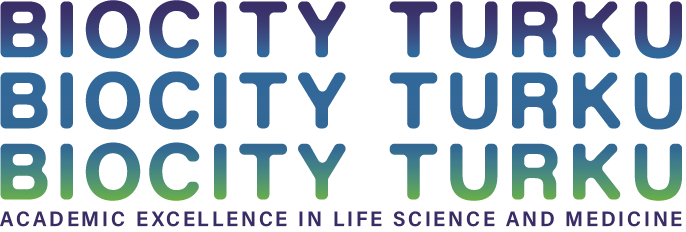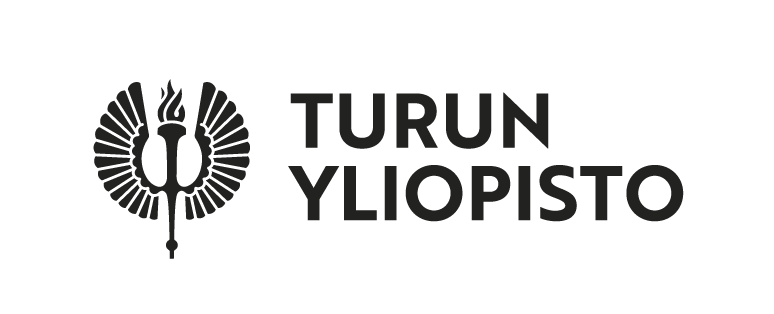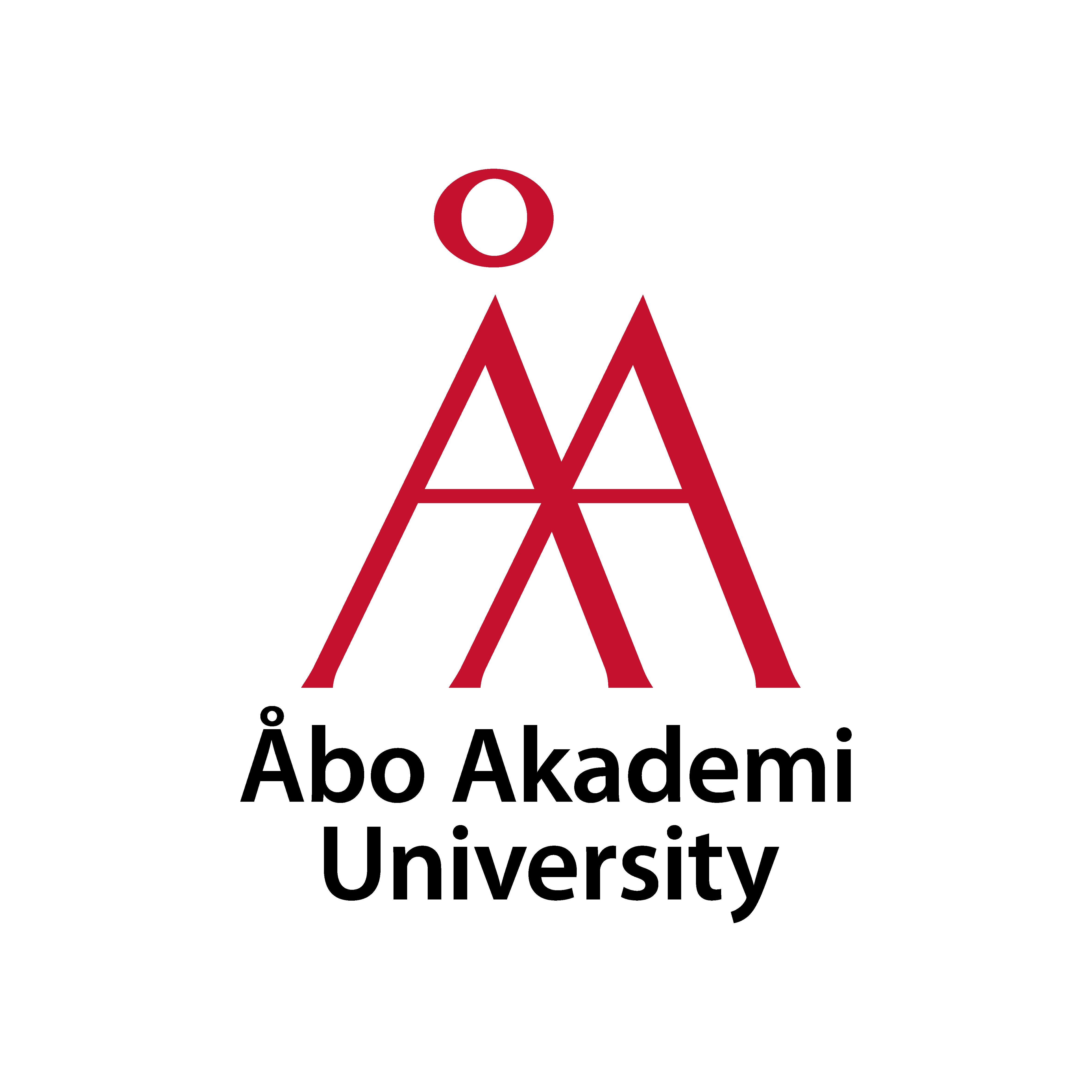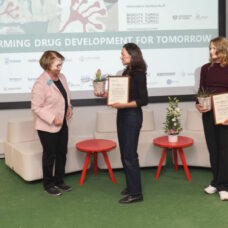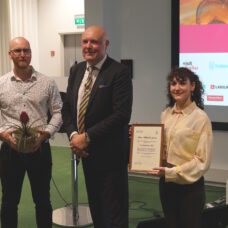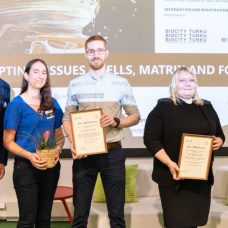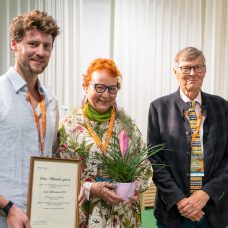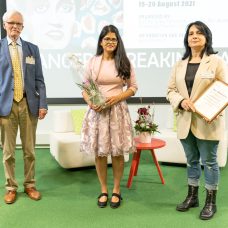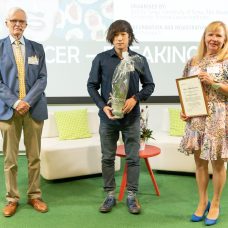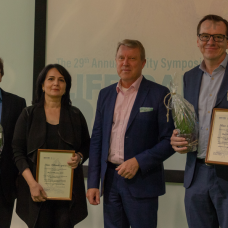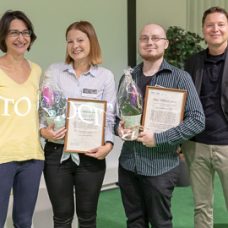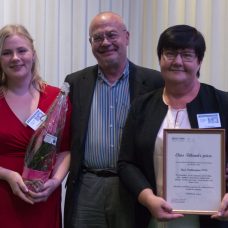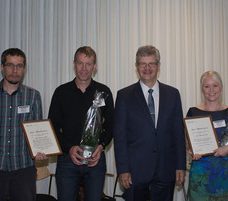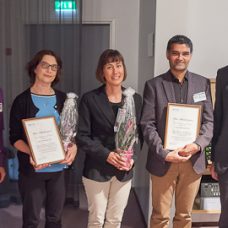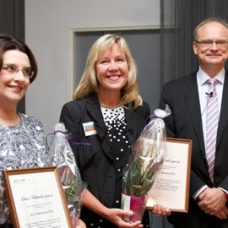Elias Tillandz prize
General information
Rules of the Elias Tillandz prize
Elias Tillandz -palkinnon säännöt
Regler för Elias Tillandz -priset
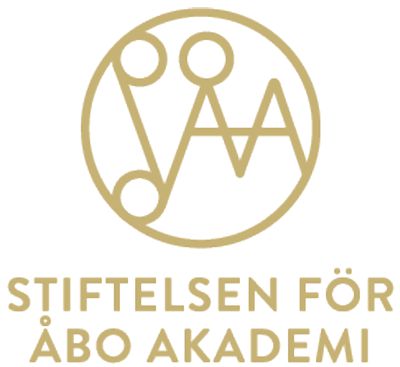
The prize is supported by Åbo Akademi University Foundation
BioCity Turku asks for proposals for Elias Tillandz publication prize winner until 31 March 2025
In the context of the 34th BioCity Symposium (28–29 August 2025), the twenty-first Elias Tillandz prize will be awarded for the best scientific paper published in 2024 in Turku.
BioCity Turku asks for proposals for the prize to be submitted by email to biocityturku@bioscience.fi by 31st March 2025 at 23:59 at the latest. The proposal should include a short (max. 200 words) cover letter and the publication, both together as one pdf file.
The proposed paper should have been published during year 2024 based on either electronic publication date or cover date of the printed magazine. The topic of the publication should be in the area of life science or molecular medicine or any other closely related field. Turku scientists (working in the University of Turku, Åbo Akademi University or other research institutes in Turku) should be the the first and last authors and most of the research work should have been conducted in Turku.
For more information please contact Maija Lespinasse, 040 5658 654, biocityturku@bioscience.fi
Elias Tillandz (1640-1693)
The best publication prize of BioCity Turku has been named after Professor Elias Tillandz who was the first empirical life scientist in Turku. Elias Erici Tillandz (or Til-landz, originally Tillander) was born in Sweden. He was a student in the Academy of Turku (1659) and the University of Uppsala (1663-1668), and later continued his medical and life science studies in Leiden (the Netherlands) where he defended his doctoral thesis “De atrophia” (1670). Very shortly after that he was nominated as the professor of medicine in the Academy of Turku.
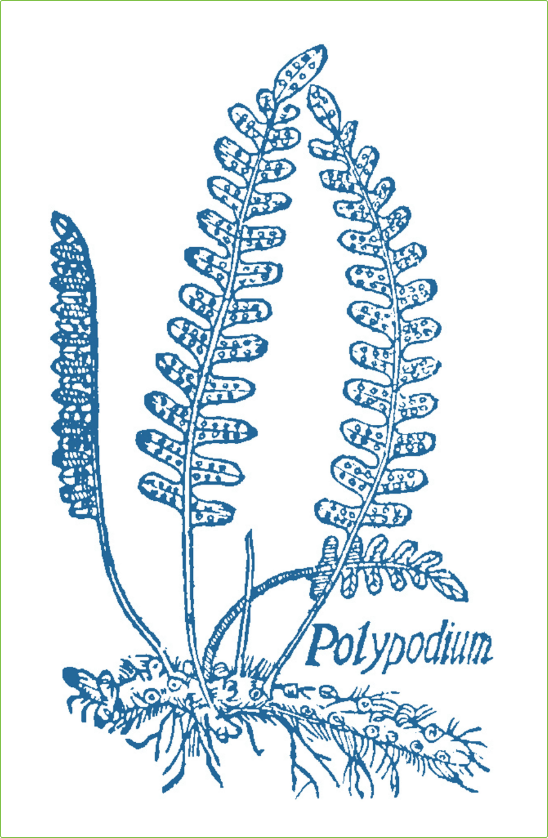
Page 79 in “Icones novae” by Elias Tillandz, printed in Turku 1683. Photo: Larry Hulden.
Elias Tillandz has been considered to be the “father of botany” in Finland because he published in 1673 the first botanical study, “Catalogus plantarum, tam in excultis, quam in cultis locis prope Aboam superiore aestate nasci observatarum”, and also because he established the first academic botanical garden in Turku (1678). His book was the first academic publication written in Turku which was based on scientist’s own observations. Elias Tillandz was also an active anatomist. He organized the first public anatomical dissection of a human body (1686) and published an introduction to medicine entitled “Disputatio medica isagogicen comprehendens” (1673). In addition to being interested in the medicinal value of plants, Elias Tillandz studied the use of water from the spring in Kupittaa in the treatment of diseases. Elias Tillandz was elected twice to be the rector of the University, and he died in Turku in 1693. Sixty years later the famous Swedish botanist Carl von Linné (1707-1778) honored the memory of his Turku colleague by naming a large genus of American plants, the “Tillandsia”, after him.
BioCity Turku is operating on the same campus area where Elias Tillandz initiated empirical life science in Finland. His life’s work was a combination of medicine and biology, and his research also aimed at new innovations in the treatment of human diseases. Today the scientific research in BioCity Turku follows the same avenue and BioCity Turku wants to respect Elias Tillandz and the history of the campus by naming the annual prize after him.
